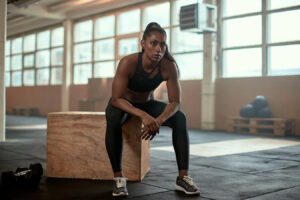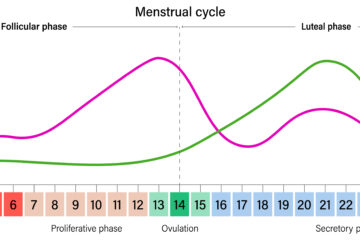Hot takes: ABT.she panel, menstrual cycle based training, and birth control.
Menstrual cycle based training, a female specific blood analysis, birth control and athletic performance?? Social media and the internet are full of advice for athletes who menstruate these days. This article recaps information on our ABT.she blood analysis panel and our quick takes on some of the hottest topics for athletes who menstruate.
What is the ABT.she panel?

The ABT.she Panel is a blood analysis panel designed specifically for women, by women. It empowers women to understand our physiology better, so we can excel in our physical undertakings, whether that’s an Ironman triathlon, ultramarathon,5k, soccer game, or killer spin class.
Who is it for?
If you are (or should be) a menstruating athlete, and are NOT on hormonal birth control, the ABT.she Panel may be helpful for you. We’ve found it particularly useful if you are concerned about low energy availability and REDs.
If you are using hormonal birth control (pill, IUD, shot, patch, ring, etc.), we recommend you consider a Gold panel instead.
What does the ABT.she Panel measure?
The ABT.she Panel looks at your blood biomarkers (i.e., iron, B12) and female-specific sex hormones (estrogen, progesterone, luteinizing hormone (LH), and follicle-stimulating hormone (FSH)) and integrates them into the analysis and recommendations. It considers where you are in your menstrual cycle when analyzing whether your biomarker levels are optimal and if not, how you can get them there.
Why does it matter?
Many other blood analyses don’t account for female-specific hormones or how they impact a woman’s other blood biomarkers. Ignoring the influence of hormones and their impact on other biomarkers can lead to an incomplete picture of what’s really going on in a female athlete’s body. Adding in four sex-specific hormones allows Athlete Blood Test to give better training, nutrition, and recovery recommendations. ABT.she integrates these sex-specific biomarkers and insights into our analysis and provides action points, so you aren’t left guessing or trying to put the pieces together yourself.
By way of example, one athlete who recently had an ABT.she test had a magnesium level within the ideal range for athletes, however, it was at the low end. A computer algorithm or other analyses may see this result as entirely normal and give this athlete the green light. But magnesium decreases throughout the menstrual cycle (as do other nutrients), so her magnesium level later in the month likely wouldn’t be enough to support her training, so we recommended looking at nutrition or supplementation toward the end of her cycle. The bottom line, is if you don’t consider a woman’s cycle and her birth control method (if she’s using one), some biomarkers may seem abnormal when in fact, they’re okay, and vice versa. Something may seem fine when it’s suboptimal.
Are you going to give me nutrition, training, and recovery recommendations based on the different phases of my cycle?
We will give you some general recommendations, yes. But keep in mind that whether those recommendations are helpful or actionable depends on your unique physiology, but also your life and how much mental and emotional bandwidth you have to tweak your training and fueling.
After a big pop of press last year about cycle-specific training, there was some pushback about whether all this hype was overblown. This Outside magazine article summarizes some of that pushback. Others, including Dr. Stacy Sims, stand by the original recommendations. Not surprisingly, our view is that an athlete’s cycle is one variable among many that an athlete should consider when looking at their nutrition, performance, and training. For some athletes, it’s going to be a very important variable. For others, it will be a blip. Right now we simply don’t have enough evidence to give highly-tailored recommendations based on the menstrual cycle. Every woman is unique and every cycle is unique. If there is one thing that we’ve seen that is consistent through the years, it’s that the most important thing an athlete can do is figure out what works for them and ignore the noise.
Back to this hormonal birth control thing…does it really impact my performance?
Maybe. This question deserves a whole separate article. But for now, if you are interested, take a look at this article from Global Sport Matters and this one from Dr. Stacy Sims– both provide a good overview of some of the concerns with oral contraceptives. Birth control is a very personal decision and one that isn’t to be taken lightly. We aren’t the experts here at ABT, and we don’t provide medical recommendations. So we strongly suggest that athletes talk to their primary care providers or personal physicians about hormonal birth control and how it fits in with their athletic goals.
Training based on my menstrual cycle is part of the ABT.she Series
Dr. A’nna Roby

Dr. A’nna strives to inspire people to optimally fuel their bodies to achieve their best and have a positive impact on the world. She is the only combined Ph.D./RD specializing in sports performance nutrition in the world with all Ivy League degrees and the Chief Research Officer at AthleteBloodTest.
Dr. A’nna aims to cultivate a world of healthy athletes who understand nutrition and know how to leverage their physiology to get the best results in sports and life. You can reach her at [email protected] or on Instagram @drannaroby. If you like Should I adjust my training based on my menstrual cycle, check out more articles by Dr. A’nna Roby.


